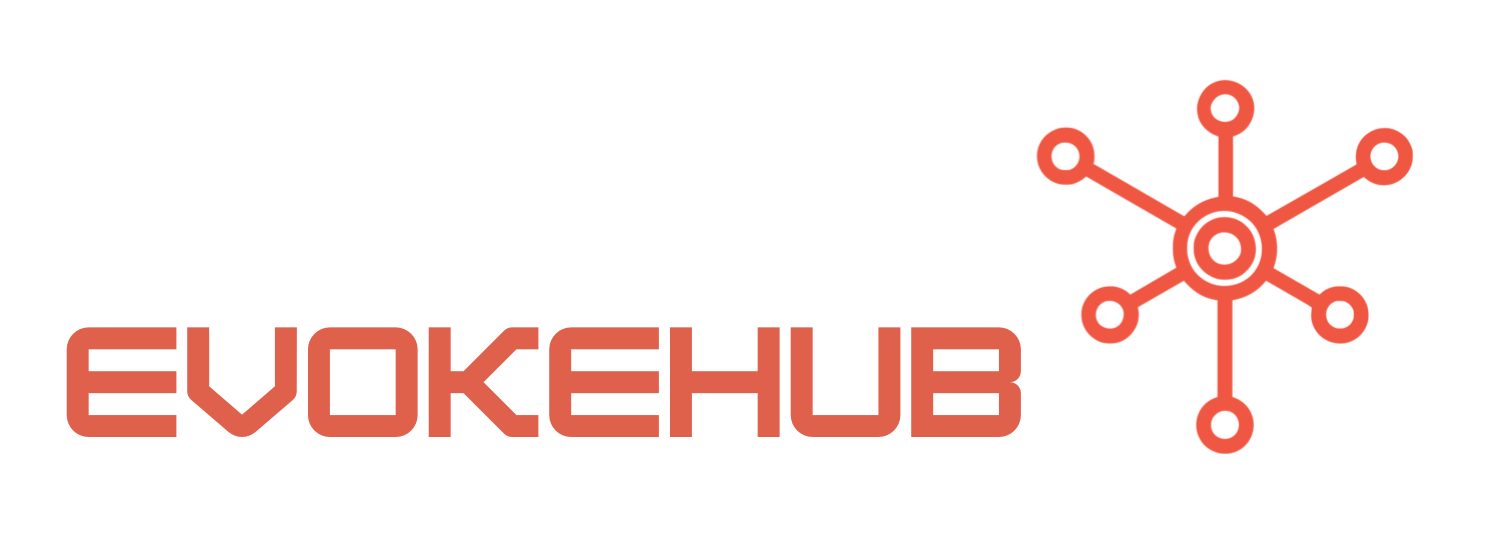Understanding Azure AD Authentication in .NET Security Frameworks
Azure AD provides a modern authentication model that integrates seamlessly with various .NET applications, allowing developers to implement secure and scalable identity solutions. By leveraging OAuth 2.0 and OpenID Connect protocols, Azure AD facilitates user authentication while ensuring sensitive data remains protected. This integration allows for single sign-on (SSO) capabilities, enabling users to access multiple applications with a single set of credentials. This reduces the burden of password fatigue, ultimately leading to enhanced user satisfaction and security.
One of the core components of Azure AD is its ability to manage user identities and permissions centrally. This centralized management allows administrators to easily monitor and control access to applications, ensuring that users have the appropriate permissions based on their roles. Additionally, Azure AD supports multi-factor authentication (MFA), further strengthening the security model by requiring users to verify their identities through multiple means before gaining access to sensitive information.
Moreover, Azure AD’s integration with .NET Frameworks, such as ASP.NET Core, simplifies the implementation of security features. With built-in libraries and middleware, developers can efficiently add authentication and authorization mechanisms without extensive boilerplate code. This not only accelerates the development process but also ensures that security best practices are adhered to, reducing the likelihood of vulnerabilities arising from improper implementations.
Best Practices for Implementing Azure AD in Your Applications
When integrating Azure AD authentication into your .NET applications, it is crucial to follow best practices to maximize security and maintain a seamless user experience. First and foremost, ensure that you are using the latest versions of the Azure AD SDK and libraries. Keeping your dependencies up to date mitigates risks associated with known vulnerabilities and exploits. Regularly reviewing security advisories from Microsoft and the broader community can aid in identifying potential issues early on.
Another important practice is to configure Azure AD permissions and roles judiciously. Principle of least privilege (PoLP) dictates that users should only have access to the resources necessary for their roles. In Azure AD, this can be managed through role-based access control (RBAC) where permissions are assigned based on user roles. This minimizes the risk of unauthorized access and limits the potential impact of compromised accounts. Additionally, regularly auditing permissions and user access can help in identifying any anomalies that may arise over time.
Lastly, implementing robust logging and monitoring practices is critical for enhancing security. Azure AD provides comprehensive logs that can be utilized to track user activities and identify suspicious behavior. Integrating Azure’s monitoring tools, such as Azure Monitor and Azure Security Center, can help in proactively managing security incidents. By setting up alerts for unusual login attempts or unauthorized access, organizations can respond promptly to potential threats, thereby safeguarding sensitive data and maintaining compliance.
In summary, enhancing .NET software security through Azure AD authentication is not just a recommended practice but a necessity in today’s digital landscape. By understanding the fundamentals of Azure AD’s security framework and adhering to best practices during implementation, organizations can significantly reduce their vulnerability to cyber threats. As developers and administrators work towards building secure applications, integrating Azure AD not only simplifies the authentication process but also fortifies the security posture of their applications. For more information on Azure AD, consider visiting the official Azure Active Directory Documentation.




